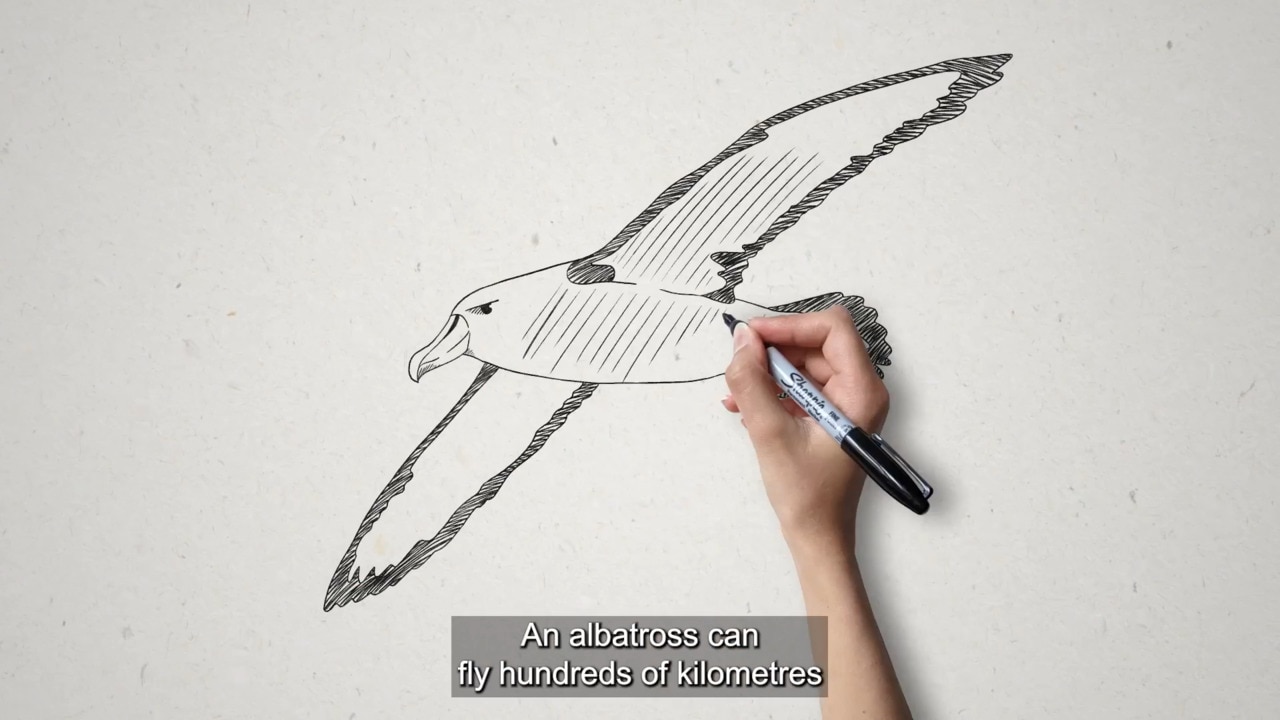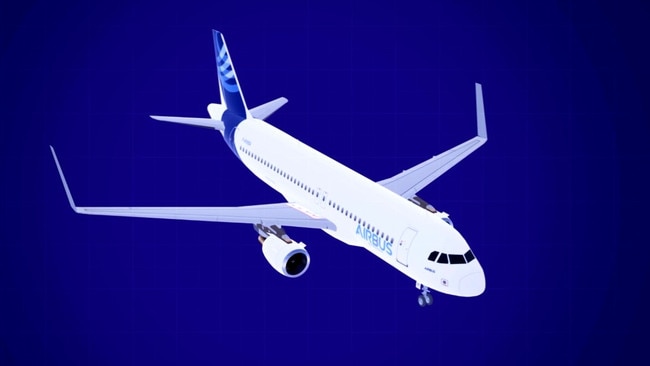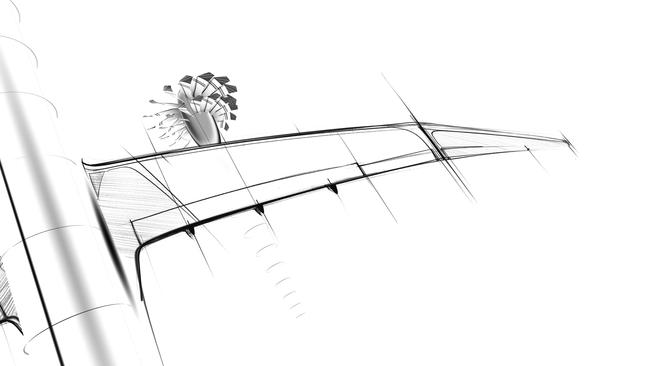Airbus to make ‘radical’ change to new aircraft
The world’s largest aeroplane manufacturer is making a major change to its next generation of commercial aircraft.

World
Don't miss out on the headlines from World. Followed categories will be added to My News.
A new commercial aircraft we will be flying on next decade will be “radical and different,” according to the world’s largest aeroplane manufacturer.
In an innovative move, Airbus is designing its next single-aisle commercial aircraft with foldable wings.
The European aerospace company is taking inspiration from the albatross, which has the longest wingspan of any bird, to develop better-performing plane wings.
They will be longer, leaner and lighter to “rely more on flight physics and less on fuel”.
However, the problem is that the new wings won’t fit at the gates of most airports worldwide.
Sue Partridge, head of the Airbus ‘Wing of Tomorrow’ program, told News Corp Australia that the wings would need to be shorter than 36 metres from tip to tip to fit at traditional airport gates, but Airbus don’t want to be limited by this.
It means that their engineers must also develop a wing that folds.
“If you’re on an aircraft flying as a passenger, the aircraft will come in to land on the runway and as it turns onto the taxiway, the wings will fold so that a section moves in out of the way so the aircraft can taxi into the terminal and passengers can offload,” the leading aerospace engineer explained at the 2025 Airbus Summit in Toulouse, France last week.
“The aircraft, while it’s taxiing back out to the runway, will unfold those wings and they will of course will lock in place and the aircraft will take off.”

The plan is to mature the technology over the next three to four years, launch the new aircraft before the end of this decade, and then have the first commercial flight in the second half of the 2030s.
“The extra length gives you more lift and making it slender reduces the amount of drag, and drag is bad because it’s what’s wasting fuel. Lift is what you want to get the aircraft into the air,” Ms Partridge told us, breaking down the reasoning for the drastic change. Less fuel means less carbon emissions.
She said the exact length of the new wings was yet to be determined.
“We haven’t yet decided how long to make it because every decision we make will be a trade between many factors,” Ms Partridge explained.
“If you make it longer, it’s heavier, it gives you more aerodynamic benefit, but the system might be more complex, it might be more expensive.”

Not only will the wings be longer and fold, they will be made of composite materials (layers of carbon fibre) to provide enough strength to lift the aircraft but also as little mass as possible.
During her Airbus Summit speech, Ms Partridge said: “Today every two seconds one of our A320 family of aircraft takes off or lands.
“The demand for single-aisle aircraft is huge today and will be huge in the future, so we need to be able to make our aircraft and our wings at a high rate and at a cost that’s actually sustainable for our business. So, industrialisation of our new technologies is absolutely key.”
And the Wing of Tomorrow program is getting close to making that a reality.
“So far we have completed two of our three full-scale wing demonstrators and really understood a huge amount about the best technologies, how they work together and how we can manufacture them at rate in the future,” she said.
“One of those wing demonstrators is already being structurally tested in our full-scale test facility and that’s to understand and confirm the capability of those new composite structures.”
Airbus is also developing an open-fan engine that operates at the same speed as the ducted fan and hydrogen-powered aircraft.
Still, the latter is not expected to be ready for the next-generation single-aisle aircraft that will launch next decade.
Boeing is also developing folding wingtips on the 777X wide-body aircraft for airport gate compatibility purposes. The aircraft is still undergoing flight testing after years of certification delays.
Originally published as Airbus to make ‘radical’ change to new aircraft




